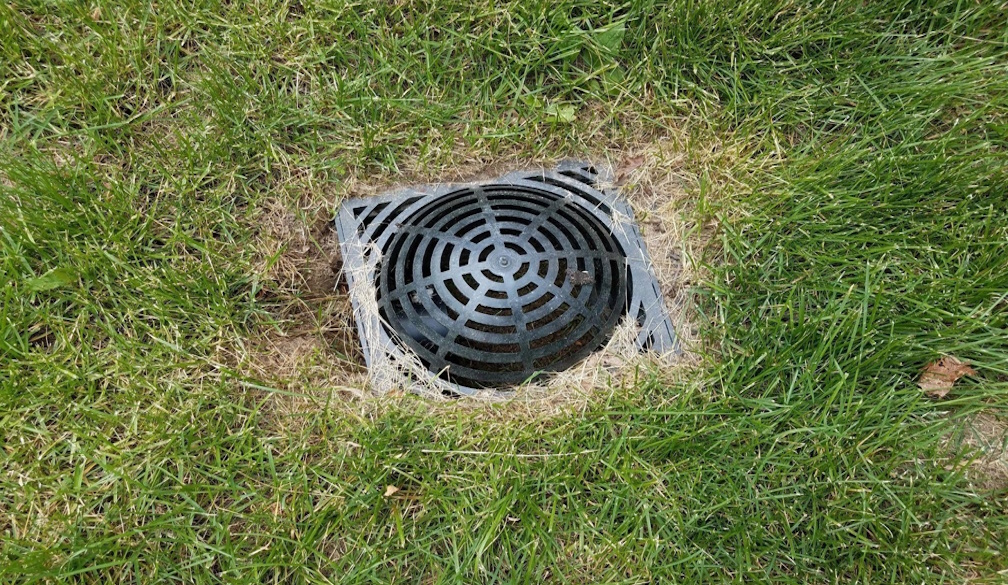How to Unclog Your Blocked Stormwater Drain Efficiently

Maintaining an efficiently functioning stormwater drain is a crucial responsibility for property owners. Blocked stormwater drains can wreak havoc on your property, negatively affecting your daily chores and creating an unhealthy environment for you and your family. Various factors can lead to blocked drains, such as accumulated debris, intrusion of tree roots, or sediment buildup over time. When left unaddressed, these blockages can escalate from a mere inconvenience to a significant problem for both the property and the surrounding environment, leading to flooding, soil erosion, and damage to building foundations. Therefore, it is imperative to learn how to efficiently unclog your blocked drains and implement preventive measures to avoid future blockages.
Identifying the Signs of a Blocked Stormwater Drain
Recognising the signs of a blocked stormwater drain promptly can make the difference between a simple DIY fix and a costly professional repair. When your drain is blocked, you may notice slow drainage, unusual odours or water pooling around your property. During periods of heavy rainfall or rapid snowmelt, the issue can become exacerbated due to the increased burden on the already compromised drainage system, potentially causing water backflow into the property or impromptu puddles in unlikely places.
Observing your stormwater drain system’s behaviour during extreme weather conditions can be an excellent way to spot drainage problems you might usually overlook. Regular visual inspections are crucial. Key things to look for include gurgling sounds, persistent wet patches, damaged or displaced drain pipes, and discolouration or dying plants in the vicinity of your stormwater drain. Addressing these signs of trouble at an early stage can save you from more significant and expensive repairs down the line.
Tools and Equipment Needed for Unclogging Drains
Having the right tools and equipment for the job makes the unclogging process much more manageable. Depending on the severity of the blockage, you may need a variety of tools, including a simple household plunger or a more specialised drain snake or drain rods. Additionally, it is crucial never to underestimate the importance of safety gear. Suitable gloves, protective eyewear, and sturdy, waterproof boots can protect you from potential injuries during the process.
While manual tools can be effective for smaller blockages, there are occasions where mechanical tools, such as a power auger or a high-pressure water jetter, are necessary. These high-tech tools provide increased power and precision to tackle stubborn clogs and reach deeper into your drainage system. Investing in these sophisticated tools can set you back initially, but considering their efficiency in maintaining a clean and effective drainage system, they surely pay off in the long run.
Step-by-Step Guide to Unclogging Your Stormwater Drain
- Initial Assessment: Thoroughly investigate the blocked drain to identify the location and severity of the blockage. This includes inspecting all access point,s such as grates and inspection chambers.
- Clearing Simple Blockages: Relatively minor blockages are often easy to handle using household tools such as a plunger or a drain rod to dislodge loose debris.
- Using Specialised Equipment: Tougher blockages may necessitate the need for more advanced tools like power augers or high-pressure drain jets. Consider professional help if you're unsure about using these tools.
- After-Cleaning Check: Once you think the blockage has been cleared, retest the stormwater drain to ensure it’s fully functional. If the water isn't flowing as expected, or you hear abnormal sounds coming from the drain, the blockage might not be entirely cleared.
Preventive Measures to Avoid Future Blockages
One of the best ways to prevent potential blockages is by regularly maintaining your stormwater drainage system. This includes performing routine inspections, which allow you to spot any potential problems early on, and regular clearing and cleaning of the system, eliminating chances of debris build-up and potential blockages.
Smart landscaping can also contribute significantly to preserving your drainage system. Avoid planting trees and shrubs with expansive root systems near your drain lines to lower the risk of root intrusion. Additionally, ensure your drain covers and grates are secure and free from obstructions that could lead to an unintentional entry of debris.
Equally important is providing appropriate education to the property occupants, emphasising the need for disposing of their waste carefully, and not using the outdoor drains inappropriately. For instance, pouring cooking fats or oils down outdoor drains can result in stubborn blockages since these substances solidify when cooled, sticking to the pipes.
When to Call a Professional for Help
Sometimes, despite our best DIY efforts, professional help is required. If multiple drains are blocked simultaneously, when there's recurrent flooding, or a persistent odour, it might be time to seek professional assistance. Experts can provide a comprehensive solution, addressing underlying issues that may not be apparent on first glance.
Investing in professional services might seem like an unnecessary expense, but it can provide value in the long run. A professional plumber can not only fix the immediate problem but also offer insights into maintaining your drain system more efficiently, thereby reducing potential repair costs in the future.
Taking Action: Summarising Tips for a Clearer Future
In conclusion, the efficiency of a stormwater drain system is fundamental in maintaining a healthy environment around a property. Periodic inspections, proper preventive measures, and quick action in case of any signs of blockage can save you from significant repairs and maintenance inconvenience.
Balancing DIY efforts and professional intervention appropriately offers the most effective way of managing your stormwater drain system. While unblocking an outdoor drain can sometimes be a straightforward task with the right tools and safety measures, complex blockages warrant professional expertise. By taking a vigilant, proactive stance towards maintaining your drain system, you can ensure the longevity and efficiency of your stormwater drainage system.
